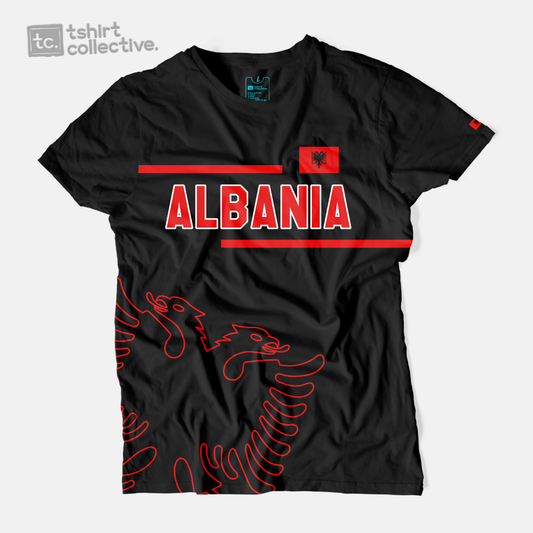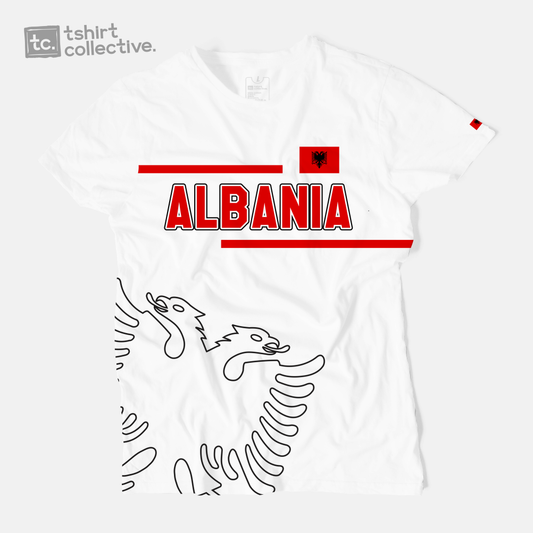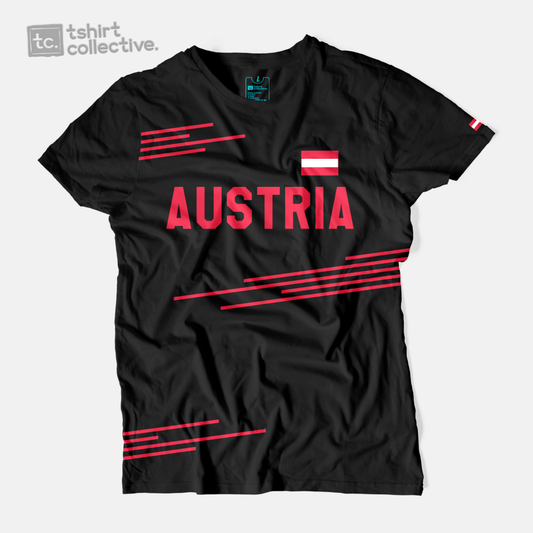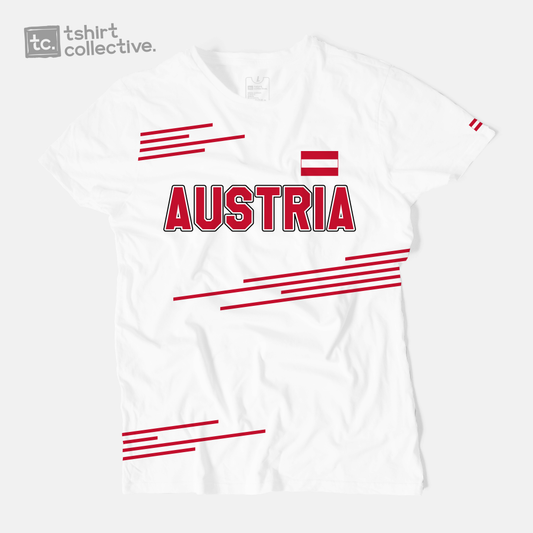As the January transfer window closed its doors, the football landscape witnessed an unexpected twist – a dramatic fall in spending by Premier League clubs. In a stark contrast to the previous year's record-breaking £780 million splurge, this window saw a frugal outlay of just £96.2 million on 12 permanent signings for disclosed fees. The implications of this eightfold decline, influenced by the Premier League's Profit and Sustainability Rules (PSR), are reshaping the dynamics of the league.
## The Numbers Game:
The £96.2 million spending spree represents the lowest winter expenditure in three years, signaling a conscious effort by clubs to adhere to financial regulations. This shift is magnified when compared to the staggering figures of the previous season, prompting reflection on the impact of PSR on clubs' spending power.
Aston Villa stands out as the only club to not only navigate the financial constraints but also generate cash from player sales. Offloading Finn Azaz to Middlesbrough for £2 million showcased strategic planning amid tightened financial reins.
## Who Led the Charge?
Eight clubs defied the economic downturn, making significant signings for disclosed fees. Crystal Palace emerged as the big spenders, shelling out a league-topping £30.5 million on Blackburn midfielder Adam Wharton (£22 million) and Genk right-back Daniel Munoz (£8.5 million).
Tottenham followed closely, investing £26.7 million in Genoa centre-back Radu Dragusin. Other notable spenders included Manchester City (£12.5 million), Aston Villa (£9.3 million), Brighton (£7.9 million), Nottingham Forest (£5 million), Brentford (£2.6 million), and Luton (£1.7 million).
## The Priciest Players:
Dragusin claimed the title of the most expensive player in the window, with Wharton and Manchester City's prospect Claudio Echeverri (£12.5 million) trailing closely behind. The influx of talent also featured notable names like Munoz, Morgan Rogers, Valentin Barco, Matz Sels, Hakon Valdimarsson, Daiki Hashioka, and Joe Gauci, all moving to the Premier League for disclosed fees.
## Loan Dynamics:
Beyond permanent signings, the loan market played a pivotal role in shaping team dynamics. Key loan deals included Kalvin Phillips (Manchester City to West Ham), Armando Broja (Chelsea to Fulham), Sergio Reguilon (Tottenham to Brentford), Timo Werner (RB Leipzig to Tottenham), and Ben Brereton Diaz (Villarreal to Sheffield United).
Bournemouth secured Getafe's Enes Unal on loan with an obligation to buy for £14 million. Burnley led the loan brigade with three signings, while Brentford, Sheffield United, and Nottingham Forest strategically drafted two players each on short-term deals.
## The Exodus:
While arrivals stirred the pot, teams were equally active in trimming their rosters. A total of 150 players sought new pastures, with 121 departing on loan. Manchester United took the lead in loan deals, offloading 12 players, including Jadon Sancho, Donny van de Beek, and Hannibal. Wolves, Liverpool, and Burnley closely followed suit with nine players each leaving on loan.
## Conclusion:
The January transfer window may have seen a downturn in financial extravagance, but it showcased a league adapting to economic challenges. As clubs navigate the complexities of PSR, strategic signings and loan deals become paramount. For fans, this shift opens the door to a more tactically driven and financially responsible era of football.
Stay tuned to TC Nations for more insights, as we explore the evolving dynamics of the beautiful game and offer exclusive football-themed merchandise to celebrate your team's journey.





















